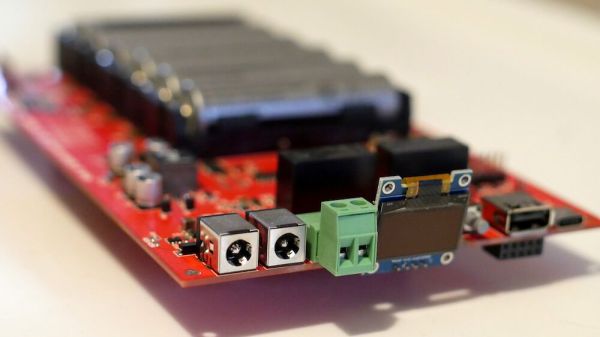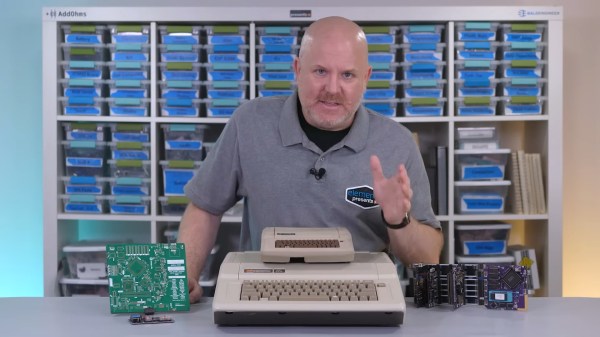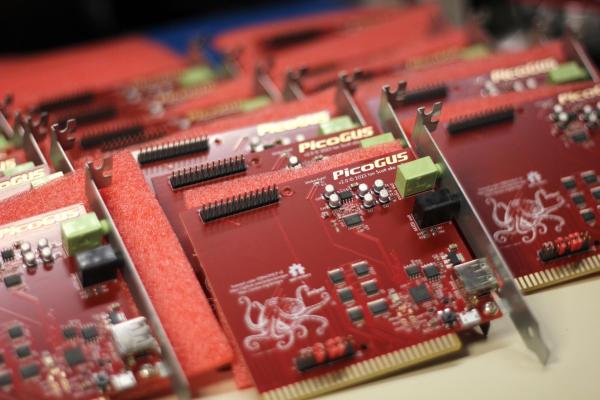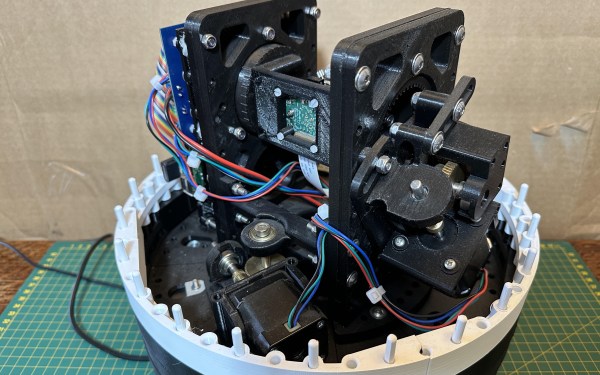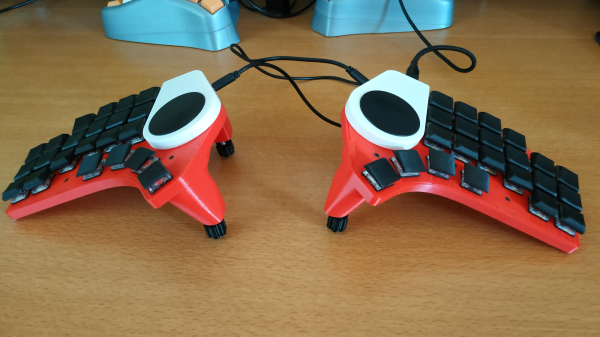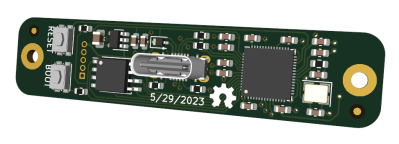We all like to keep our network gear running during a power outage — trouble is, your standard consumer-grade uninterruptible power supply (UPS) tends to be overkill for routers and such. Their outlet strips built quickly get crowded with wall-warts, and why bother converting from DC to AC only to convert back again?
This common conundrum is the inspiration for [Walker]’s DC UPS design, which has some interesting features. First off, the design is open source, which of course invites tinkering and repurposing. The UPS is built for a 12 volt supply and load, but that obviously can be changed to suit your needs. The battery bank is a 4S3P design using 18650 cells, and that could be customized as well. There’s an ideal diode controller that prevents DC from back-feeding into the supply when the lights go out, and a really interesting synchronous buck-boost converter in place of the power management chip you’d normally see in a UPS. The converter chip takes a PWM signal from an RP2040; there’s also an ESP32 onboard for web server and UI duties as well as an STM32 to run the BMS. The video below discusses the design and shows a little of the build.
We’ve seen a spate of DC UPS designs lately, some more elaborate than others. This one has quite a few interesting chips that most of us don’t normally deal with, and it’s nice to see how they’re used in a practical design.
Continue reading “Open Source DC UPS Keeps The Low-Voltage Gear Going”

